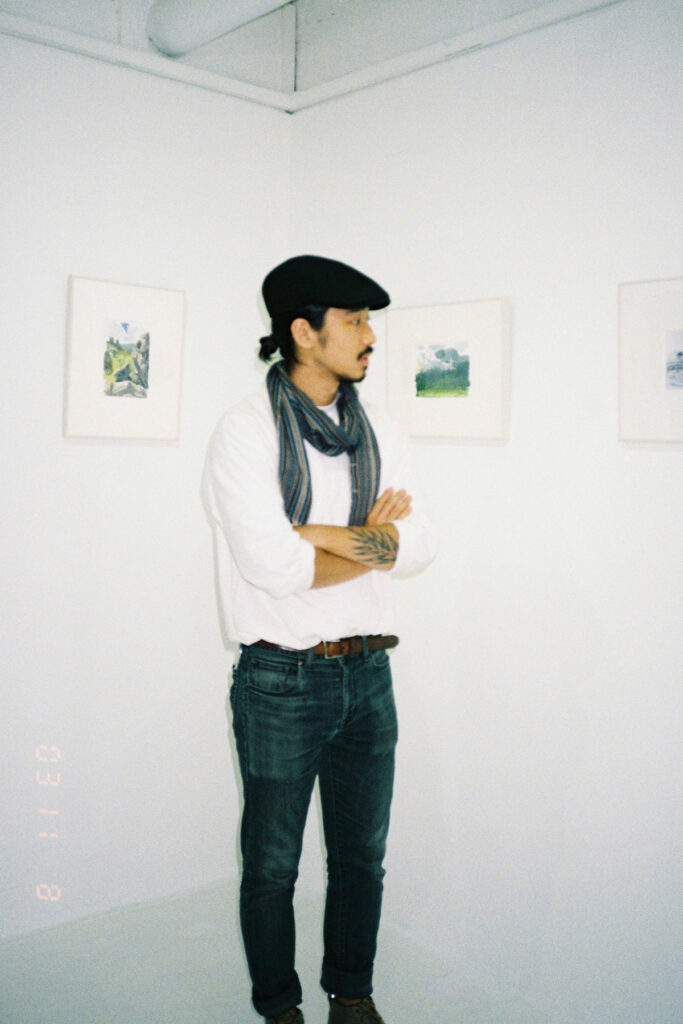
ーTell me a bit about yourself?
Sure! I was born and raised in Tokyo, Japan. After finishing high school, I studied fine art painting at the Academy of Arts University in San Francisco. In 2016 I returned to Japan and worked at a brand consulting firm for about two years before becoming a freelance illustrator in early 2020. I also worked as a community organizer at a co-working space for two years. Last year, I got involved in organizing hiking trips for a non-profit outdoor community founded by Lucy Damon and Shun Wakui called Open Country. I handle everything from planning the trips to leading the groups. I’ve been doing this for about a year. I started getting into hiking and traveling about four years ago, and I’ve had some amazing experiences like biking around Lake Biwako, one of the oldest lakes in the world, in one day. I’ve also visited Yakushima and attempted to climb Mtn. Fuji but had to stop because I got altitude sickness.
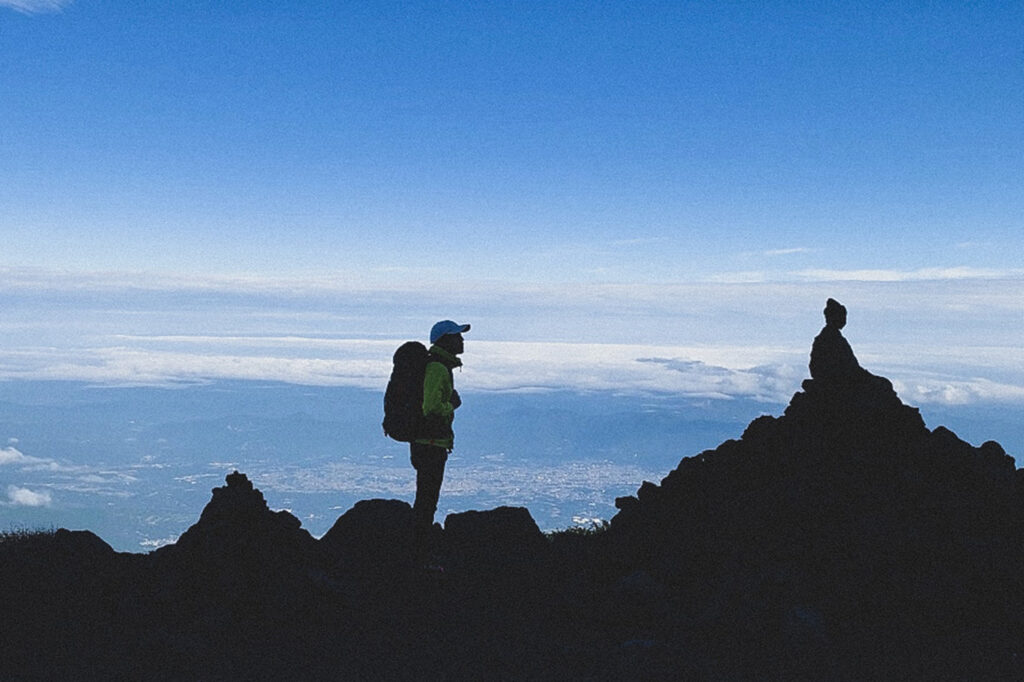
ーSo, Mt. Fuji was tough, huh?
Dean: Yeah, it was challenging. At 3000 meters I was dying. I saw the summit, it was like right there, 400 more meters. But I was like, no, I can’t. The experience was incredible though, realizing the difficulty of climbing at such high altitudes.
ーYour work focuses on landscapes. What attracts you to this subject?
I guess it began with frequent trips to my dad’s cabin in Nagano, which is surrounded by nature. It definitely influenced my work and my preference for calm and green environments.
My 2021 exhibition, Third Home, was in essence, a homage to landscape. It has always been a place of respite, while navigating the complexities that come with living in two cultures.
My exhibition statement encapsulates this relationship well:
“Why landscape? Peace, serenity and harmony. Finding my identity between two cultures has been perplexing and a point of contention for most of my life. Caught between these two worlds, like the line at which the earth’s surface and the sky meet, I will always find solace and belonging while painting silence. “Third Home” refers to this moment and feeling.”
While landscape has always been a favorite subject, I’m now interested in capturing everyday moments with a narrative or story. It could be a still life, a person, or a scene with subtle details that evoke a story-like movie scene. I enjoy exploring various subjects that have a storytelling element.

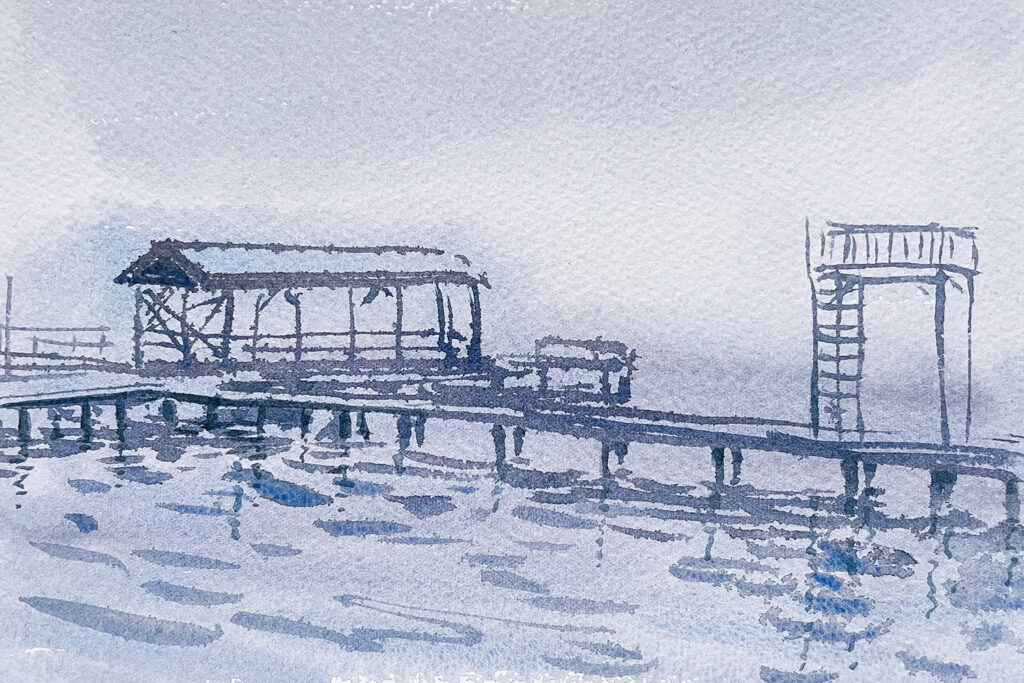
ーWhere did the title Third Home come from?
It derives from the term third culture kid, which I believe I am since I was born in Japan, but raised in an English speaking community and attended international schools.
ーHow did you get started with art?
I started drawing as a kid, imitating my older brother as he was sketching. Then, around the age of 10 or 11, I attended a watercolor workshop in Hawaii led by a Japanese artist named Tom Tomita. Coincidentally, he attended the same college as me. He taught me how to combine watercolor with pen and ink, which fascinated me. He let me choose the medium I was comfortable with, and that’s how I got into watercolor.
ーHow has your relationship with watercolor evolved over time?
Initially, I used both watercolor and pen and ink in traditional and digital painting. But now, I mainly focus on watercolor in traditional painting. Transitioning from the structured pen and ink style to the more fluid nature of watercolor was a gradual process. Watercolor requires patience and careful planning since you can’t easily make corrections once it dries. It taught me discipline, patience, and acceptance of the medium’s unpredictable nature. Watercolor is considered unforgiving, but it also teaches forgiveness in embracing the final outcome.
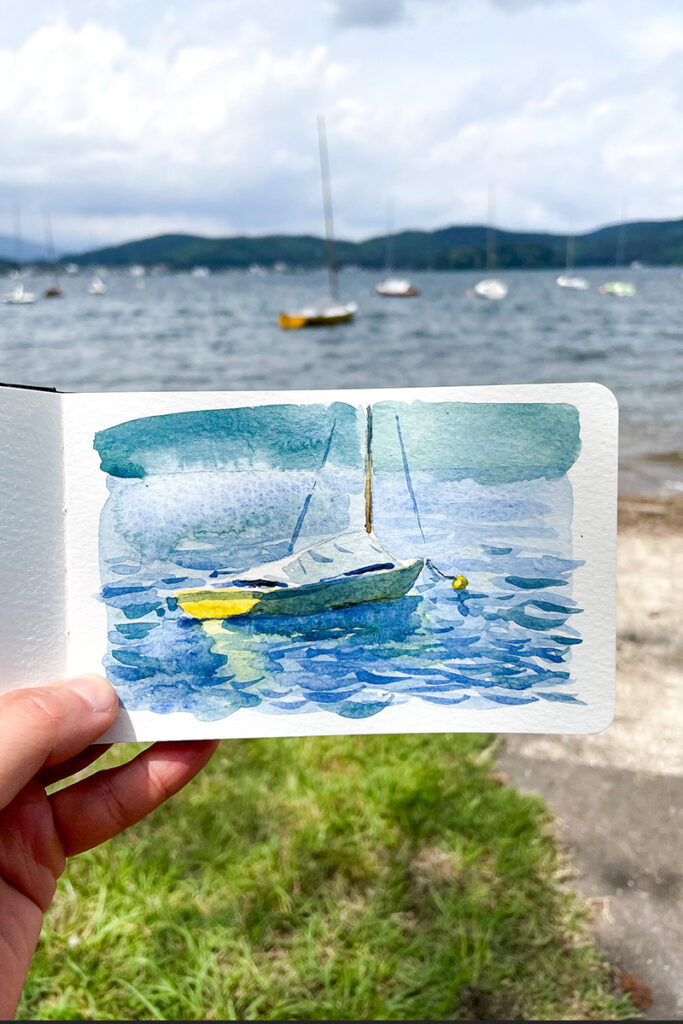
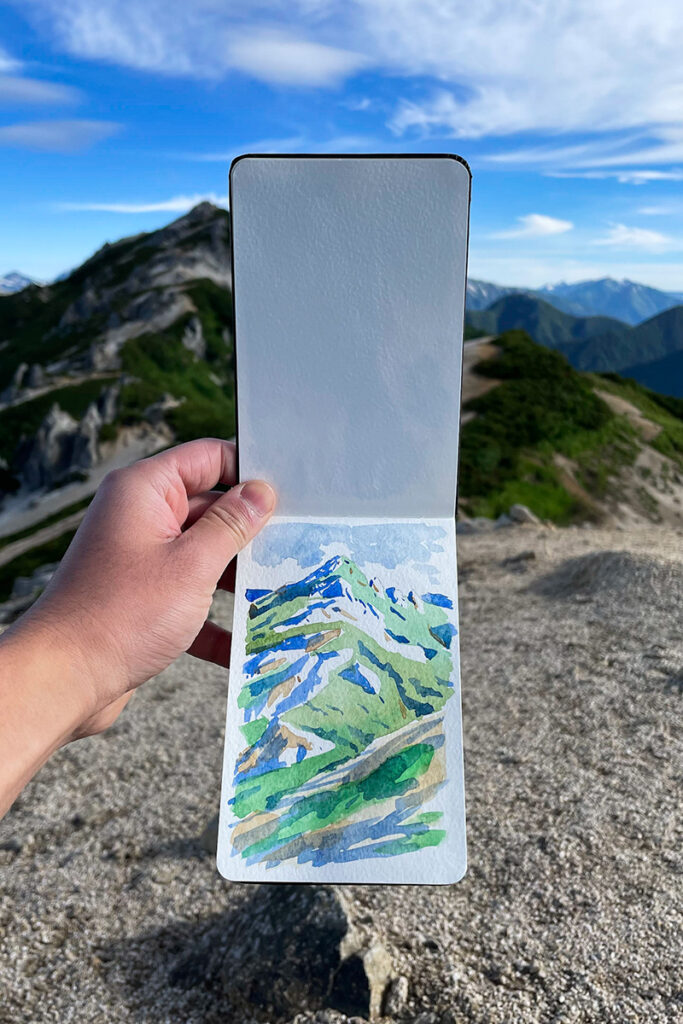
ーWhat do you love most about using watercolor?
Dean: The portability and convenience. It’s easy to travel with and doesn’t require much space. Watercolor is historically used for studying and outdoor painting. I appreciate its compactness and the fact that it doesn’t have a strong smell like oil painting.
ーDo you have any preferred brands or brush types?
I commonly use Winsor & Newton watercolors. As for brushes, I often use round brushes with a nice point for detailed lines. I don’t have strong brand preferences and believe it’s up to the artist’s personal preference.
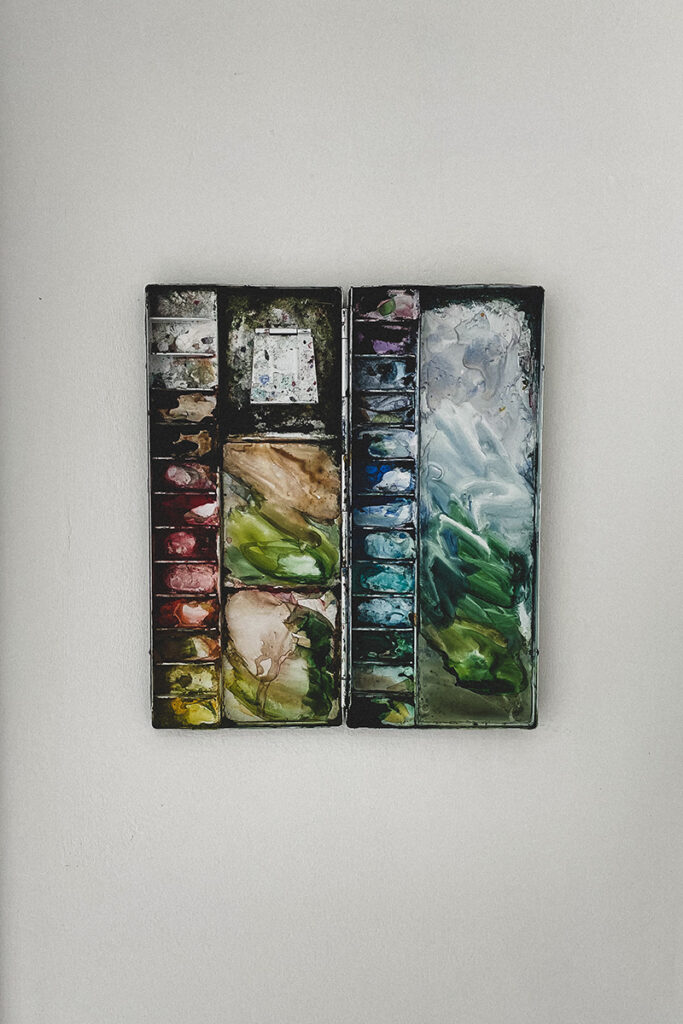
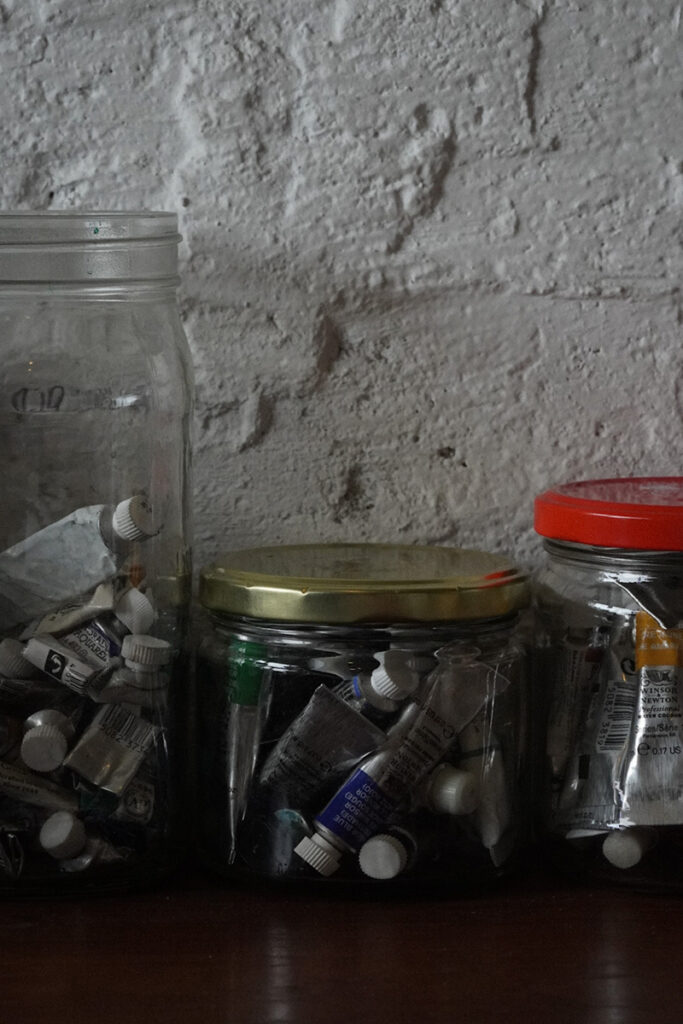
ーI know you are passionate about movies. Do they influence the scenes you choose to paint?
Yes, movies and other influences do play a part in the scenes I choose to paint. I often fantasize about directing my own film and imagine how I would shoot certain sequences differently. Movies can inspire paintings, just as paintings can inspire movies. Edward Hopper is one of my favorite artists, and I admire how his paintings evoke a sense of isolation and quiet beauty.
ーWho are some of your artistic influences and favorite directors?
Roger Deakins, a director of photography, has been influential to me. As for directors, I admire Denis Villeneuve and the film “Prisoners” that he worked on with Roger Deakins. The visual scenes in that film remind me of Edward Hopper’s paintings. While I don’t have a specific favorite Hopper painting, I appreciate his works featuring lighthouses and buildings in upstate New York.
ーWhat are you trying to convey through your art?
Dean: I don’t have a specific message in mind. I believe art is open to interpretation, and I can’t force viewers to perceive it in a particular way. Each person brings their own life experiences and interpretations to the artwork. As an artist, my role is to communicate what I want to express and allow individuals to interpret it as they wish. I have a story to tell and how you perceive it, well…that’s up to you.
For example, Edward Hopper’s paintings. Some may view them in a negative or depressing light, while others, like myself, find beauty and meditative qualities in them. It ultimately depends on the viewers’ perspectives.
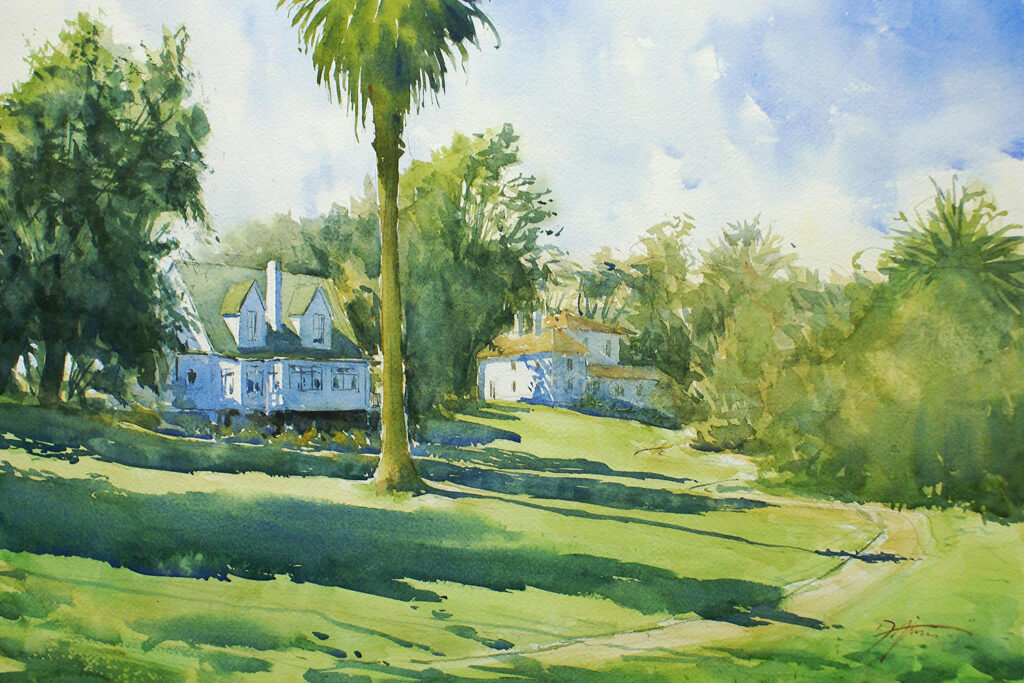
ーDo you prefer working indoors or outdoors?
It depends on the desired outcome. For larger, more detailed works, I prefer working indoors. However, if I want to capture fleeting moments or nuances, I enjoy working outdoors where everything is constantly changing.
ーHave you had any interesting encounters while painting or drawing outside?
In Japan, people generally don’t approach me, but in the States, I’ve had people come and comment on my work, which was nice. However, I did have one unsettling encounter in Tokyo when a stranger asked personal questions, making me uncomfortable. Such interactions can, at times, be worrisome and make me cautious.
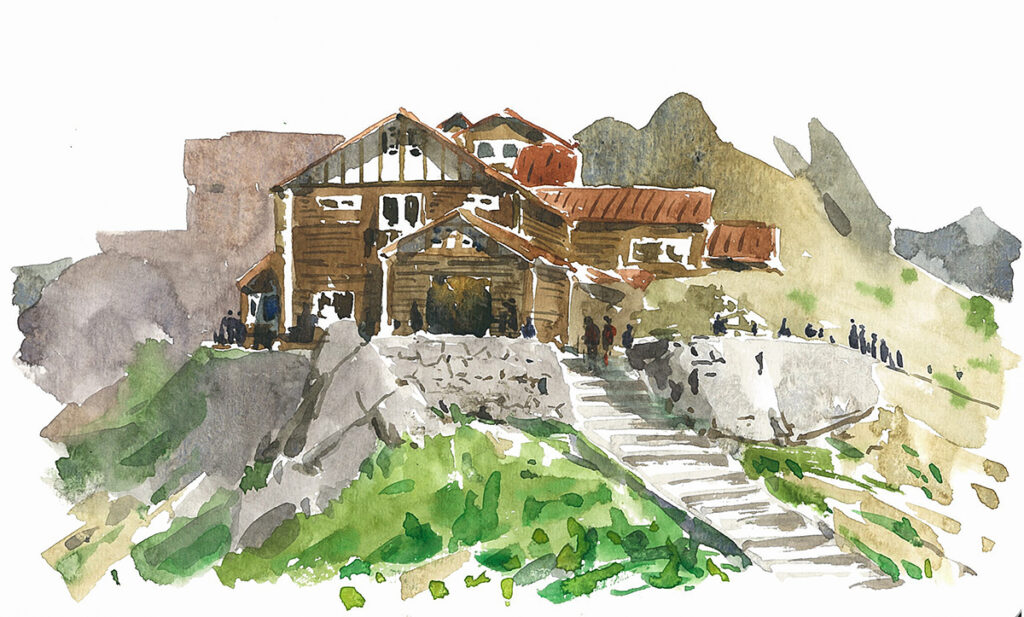
ーSo as a freelancer, how do you manage your schedule and start your day?
Each day is different for me. I don’t follow a fixed routine. Some days I struggle to focus, while others I have a productive flow. I start my day with coffee and checking emails, but beyond that, it varies depending on the day. I take breaks, go for runs, and like a lot of artists, spend time fluctuating being motivated and self-critical.
ーWhat’s the best advice you’ve received?
One of my teachers in college told me that while I had strong technical skills, I lacked the poetry in my work. It made me realize the importance of storytelling and adding depth to my art.
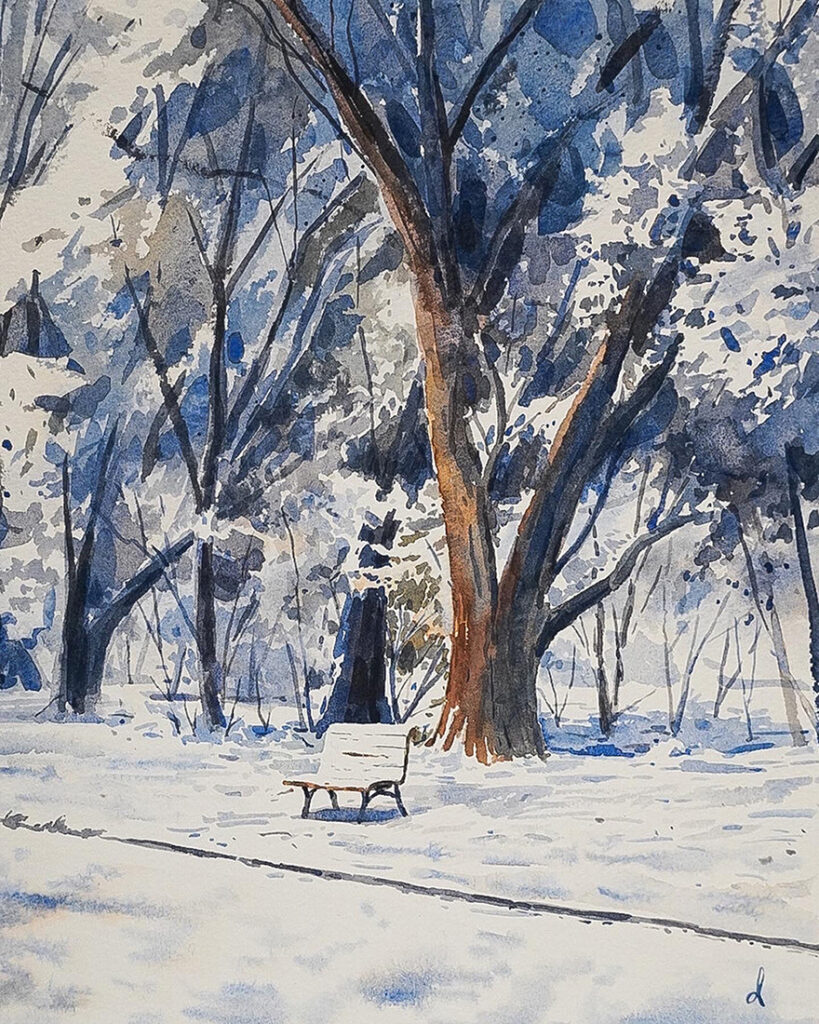
Website: https://deanaizawa.com/
Instagram: https://www.instagram.com/deanaizawa/
YouTube: https://www.youtube.com/channel/UCP41CN55u5BNmA63RZdI8fQ











